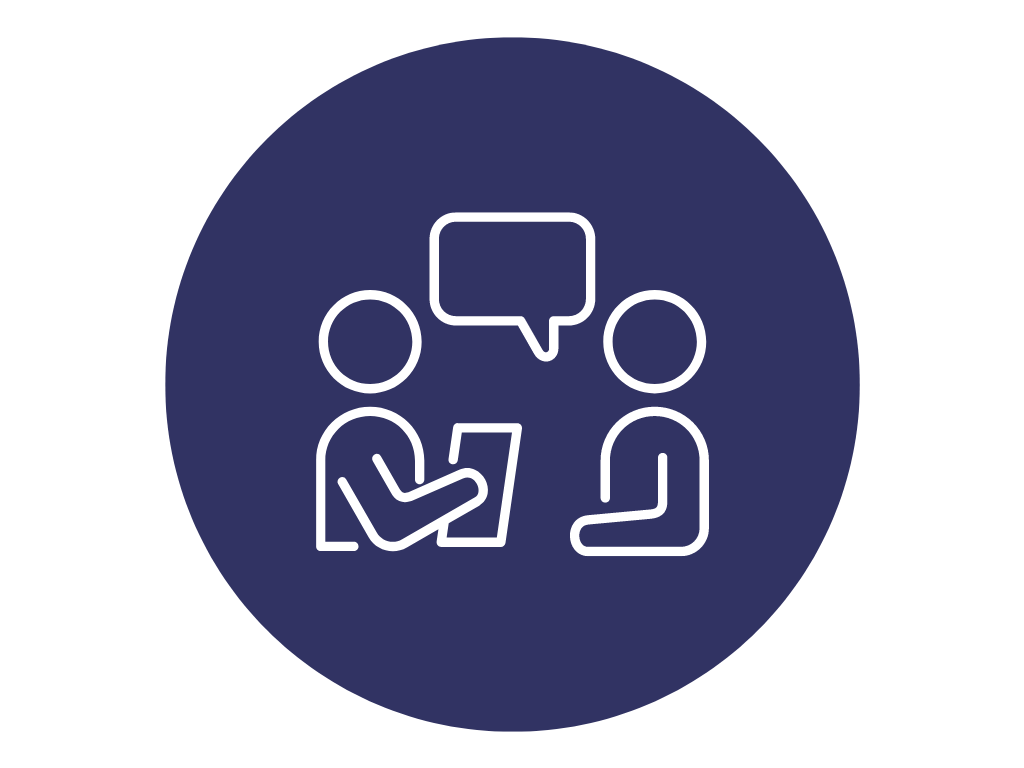
Every month, our virtual strategy sessions convene two lightning talk speakers to share innovative edtech and digital equity strategies.

Join our bi-weekly mailing list to get regular updates about the speakers and topics for each session, along with other resources and news.

Access and share recorded lightning talks from nearly 100 EdTech Strategy Sessions in our YouTube playlist.
Explore Past EdTech Strategy Sessions
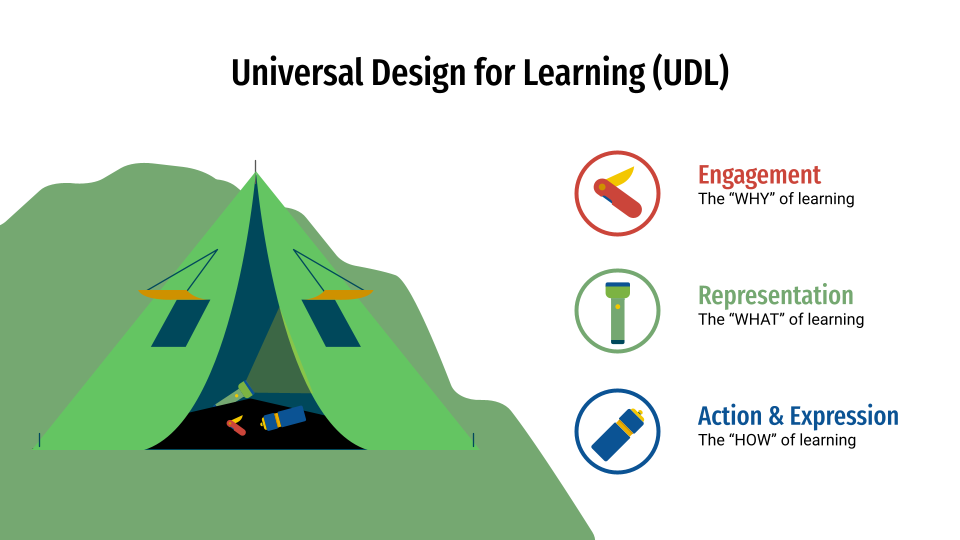
April 2024
Universal Design for Learning (UDL)
Get an overview of the research-based, inclusive teaching framework called Universal Design for Learning (UDL) and its application with adult learners. EdTech Strategy sessions are an initiative of the IDEAL...
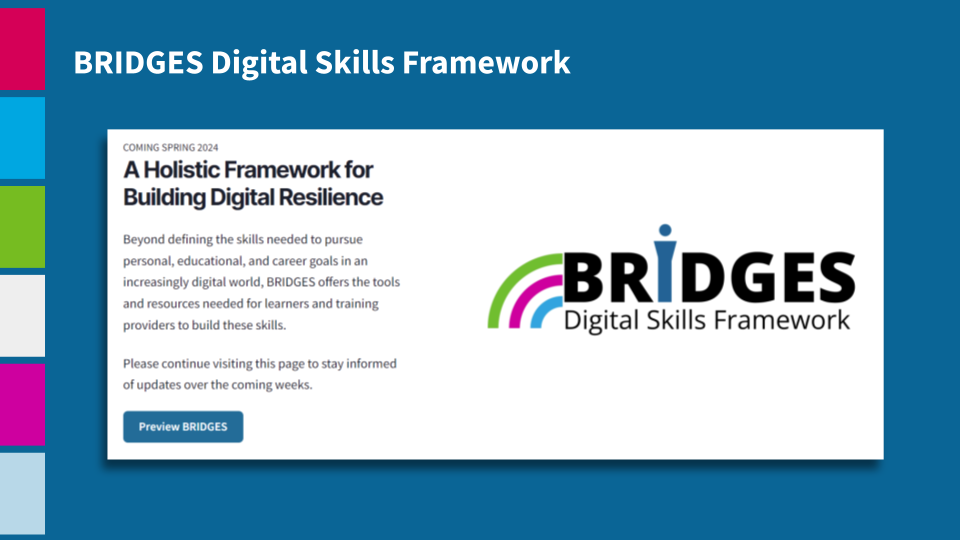
April 2024
BRIDGES Digital Skills Framework
The BRIDGES digital skills framework is the result of a collective effort to expand digital skills instruction and resources. Beyond defining the skills needed to pursue personal, educational, and career goals in an increasingly digital world, BRIDGES offers...
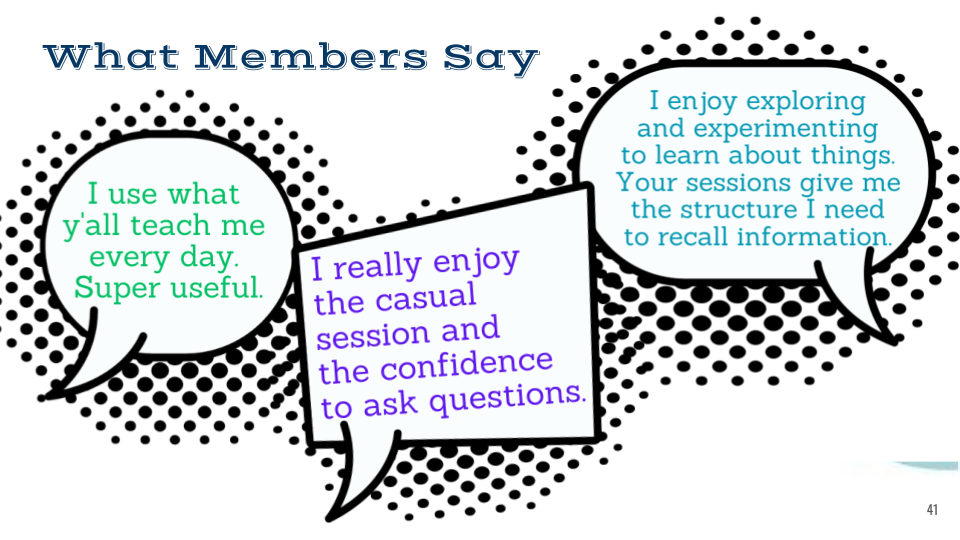
March 2024
Building Teachers’ Tech Skills Using Learning Communities
Nell Eckersley, Director of Digital Equity Projects at the Literacy Assistance Center in New York City, facilitates a digital skills learning community for adult education teachers called the Adult Education Google Club. EdTech Strategy sessions are an...
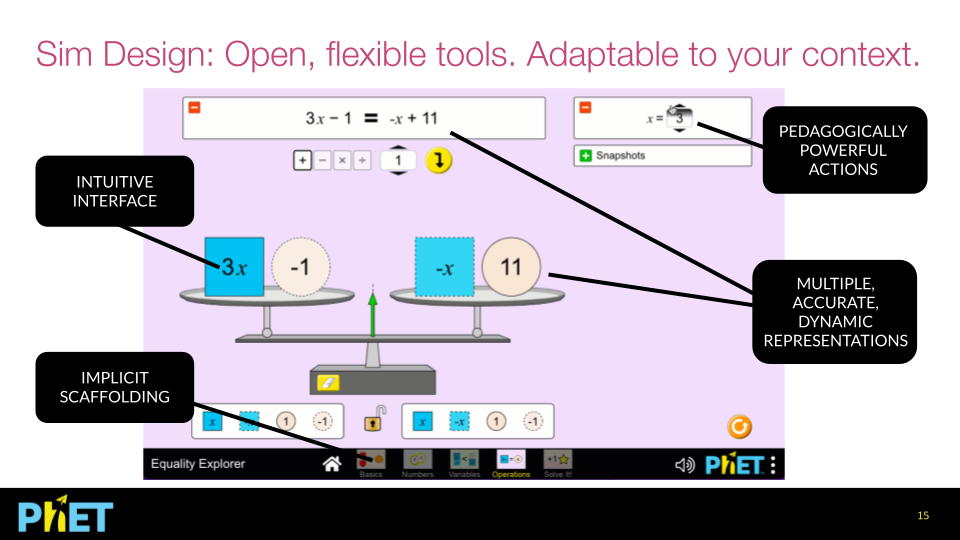
March 2024
PhET Interactive Simulations: OERs for STEM Education
Discover new dimensions of the PhET Interactive Simulations project, free, evidence-based digital resources for teaching and learning math and science. Even experienced PhET users will have something more to learn at this session. Come engage in interactive...
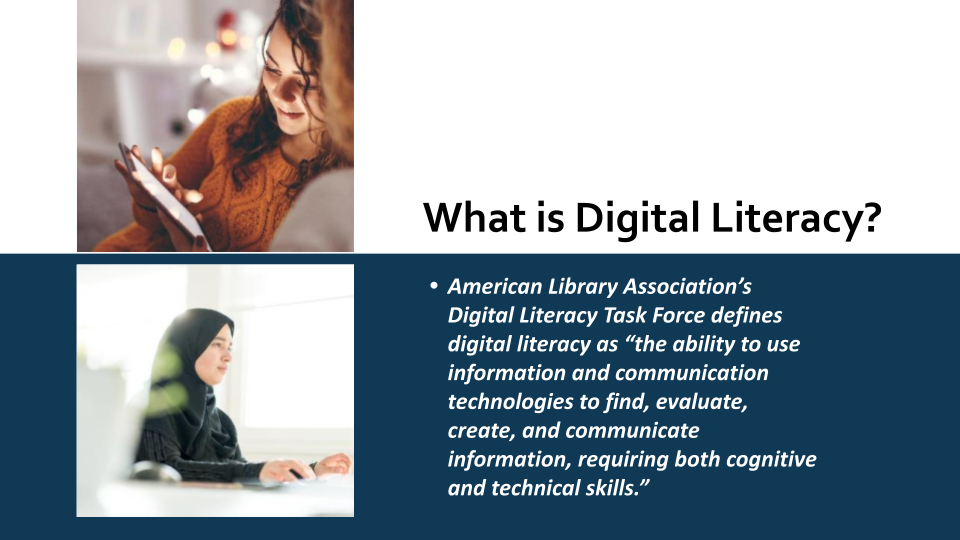
February 2024
Implementing Digital Literacy
Susan Grochoswki, IET Coordinator for the Peninsula Regional Education Program in Virginia, has put a myriad of resources, including Essential Education’s Digital Literacy Implementation Guide, to use in order to align digital literacy to learner’s future...
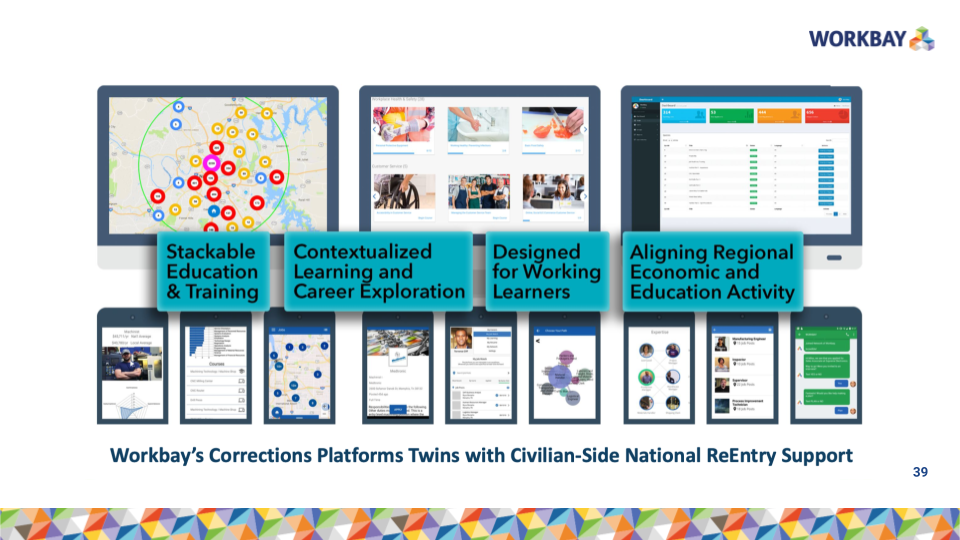
February 2024
Tech in Corrections with Workbay
Stephanie Taylor-Thompson, Director of Re-entry Transformation at Workbay, uses her own experience as a system-impacted professional to support others who are re-entering the workforce. Stephanie and Mary Hayes, Workbay’s founder, have designed a robust...
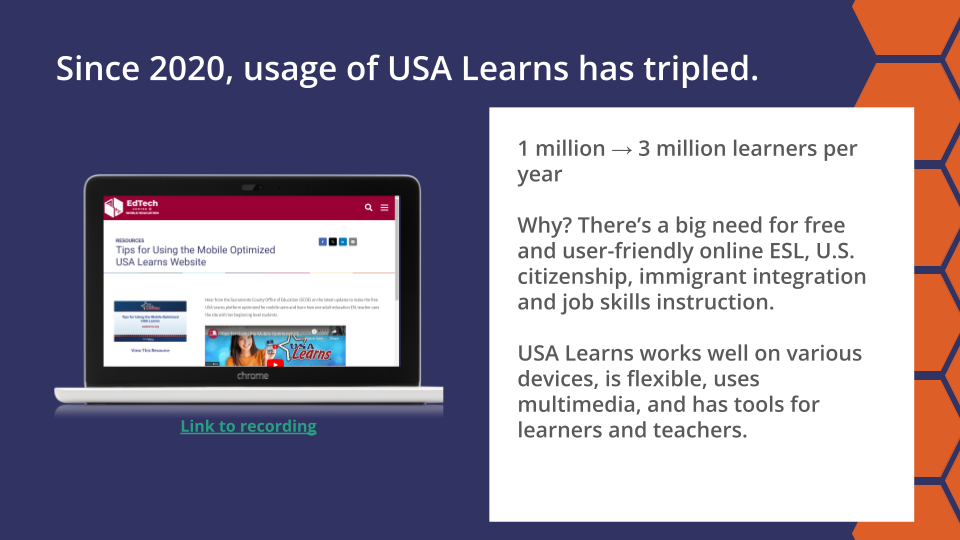
January 2024
Reflections on the Mobile-Optimized USA Learns Website
Andrea Willis shares updates about the USA Learns website and what features have been updated since 2020. EdTech Strategy sessions are an initiative of the IDEAL...
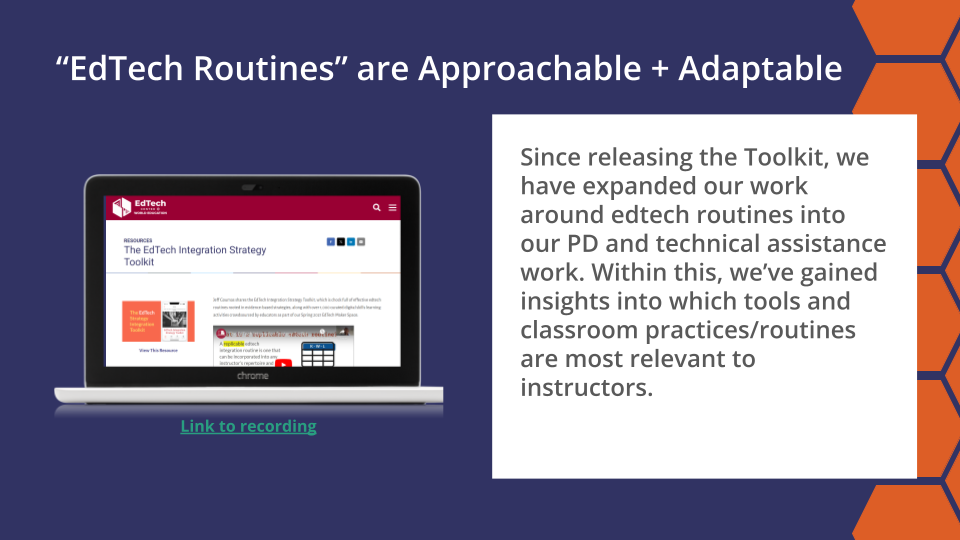
January 2024
Reflection: The EdTech Integration Strategy Toolkit
Jeff Goumas reflects on the evolution of The EdTech Integration Strategy Toolkit. Since releasing the Toolkit, we have expanded our work around edtech routines into our PD and technical assistance work. Within this, we’ve gained insights into which tools...
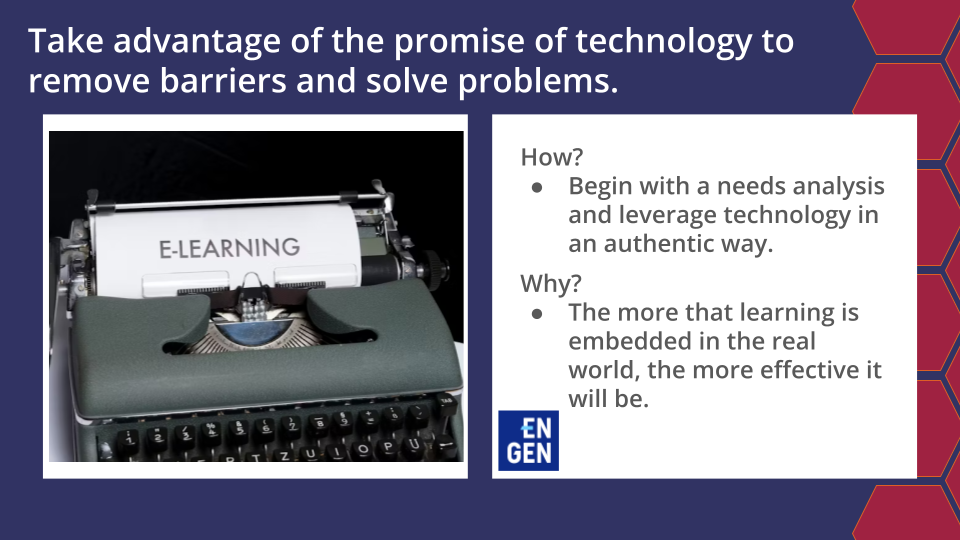
January 2024
Reflection: Science behind Successful Blended Language Learning at Scale
We are in a time of unprecedented potential for Education Technology. Dr. Katie Brown of EnGen discusses three things that have been shaking up the worlds of education and technology in a way that can drive inclusivity, efficiency, access, and outcomes....
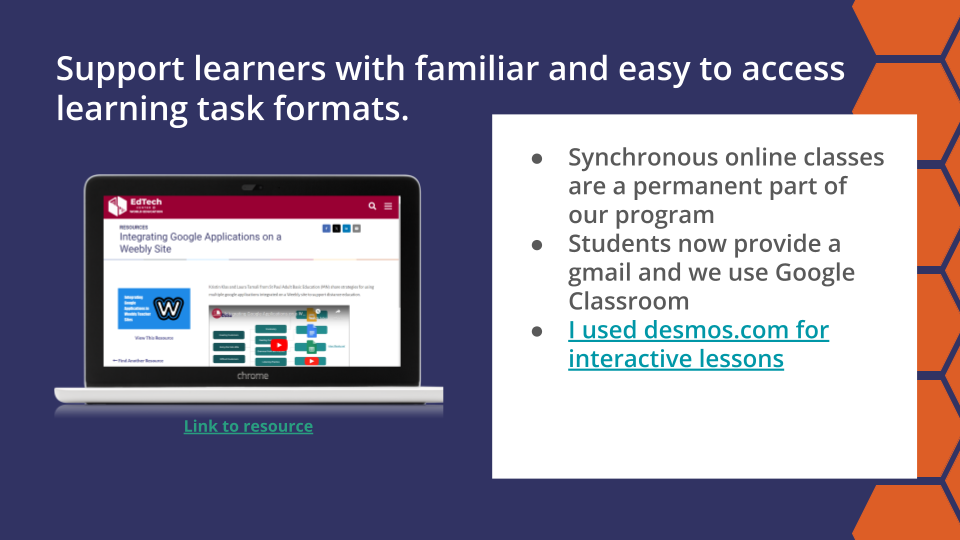
January 2024
Reflection: Integrating Google Applications on a Weebly Site
Kris Klass shares what has changed since their 2020 lightning talk, EdTech Strategy sessions are an initiative of the IDEAL...
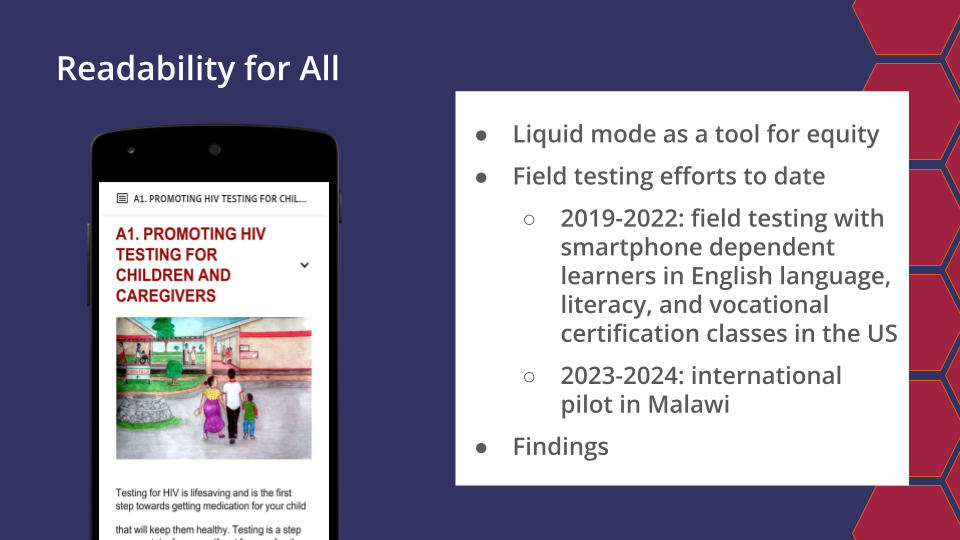
January 2024
Reflections on the Readability for All Project
Rick Treitman of Adobe provides updates on Liquid mode as a tool for equity, field testing efforts to date, and research findings. EdTech Strategy sessions are an initiative of the IDEAL...
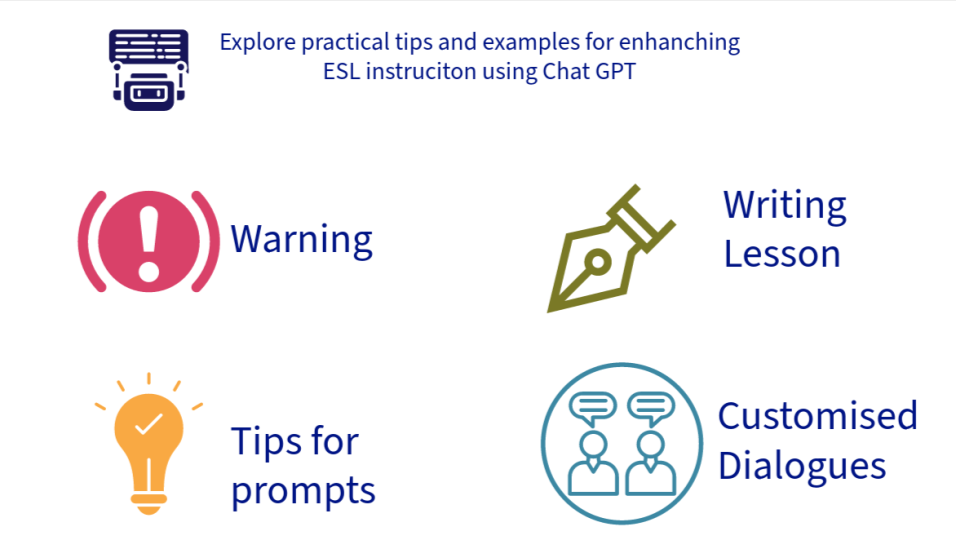
December 2023
ChatGPT for ESOL
Yeonjai, an ESL instructor, shares her experiences and insights regarding the effective use of ChatGPT, including prompt-writing tips, GPT for sheets and docs for writing lessons, and limitations and advantages as an evaluation tool. EdTech Strategy...
